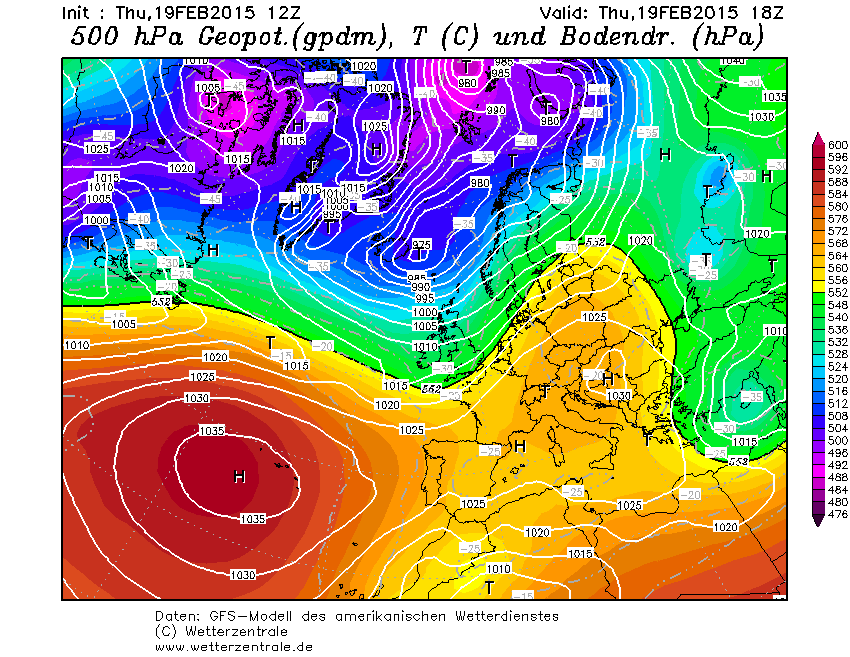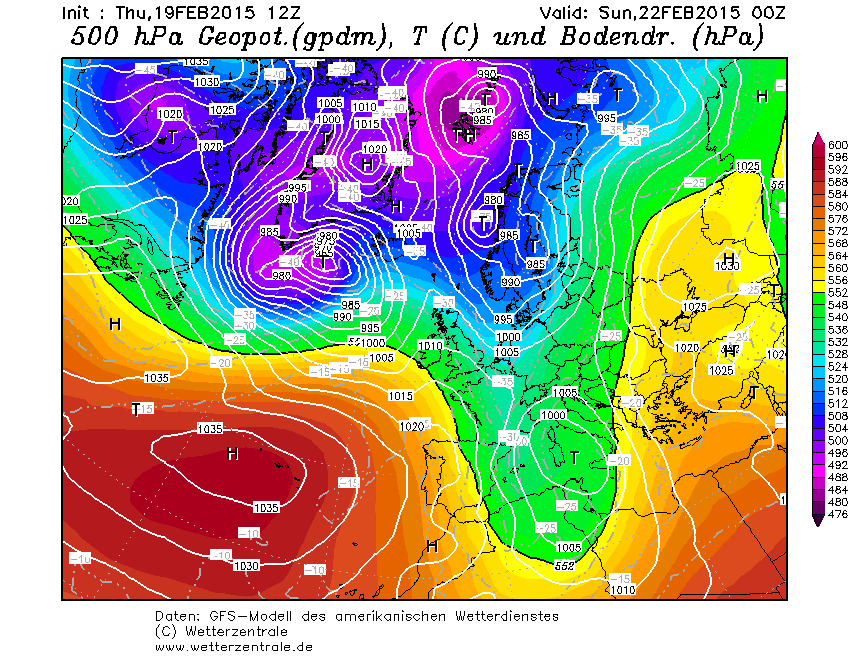Dinge strahlen abhängig von ihrer Temperatur in einem bestimmten Wellenlängenbereich. Über 90% der Sonnenstrahlung hat Wellenlängen zwischen 0.2 und 4 Mikrometern, man spricht auch von kurzwelliger Strahlung. Die größten Intensitäten werden im sichtbaren Bereich erzielt (~0.38 – 0.78 Mikrometer). Die Erde, die Wolken und andere Bestandteile der Atmosphäre hingegen strahlen wegen ihrer geringeren Temperatur langwellig, d. h. mit Wellenlängen von etwa 4 bis 100 Mikrometern.
Die Strahlungsbilanz der Erdoberfläche setzt sich zusammen aus der jeweils eingehenden und ausgehenden kurzwelligen und langwelligen Strahlung. Die Sonnenstrahlung wird weiter unterteilt in diffuse und direkte Strahlung, wobei diffuse Strahlung erst nach Reflexion oder Streuung (beispielsweise an Wolken) auf der Erdoberfläche eintrifft. Die Albedo gibt an welcher Anteil der eintreffenden Strahlung von der Oberfläche reflektiert wird. Sie ist vor allem abhängig von der Art der Oberfläche und der Wellenlänge. Frischer Schnee reflektiert kurzwellige Strahlung fast vollständig, langwellige Strahlung wird hingegen großteils absorbiert.
Über das Jahr gesehen ändert sich die Menge an eintreffender Strahlung mit dem Sonnenstand: Steht die Sonne tief, trifft die Strahlung sehr schräg auf und wird auf eine größere Fläche verteilt, sodass pro Flächeneinheit geringere Mengen ankommen. Im Tiroler Lawinenlagebericht wurde diesen Winter eine Zeit lang darauf hin gewiesen, dass flache Südhänge mitunter leichter auszulösen wären als steile, da letztere auf Grund des bei tief stehender Sonne und hoher Hangneigung direkteren Einfallswinkels im Hochwinter mehr Sonne abbekommen.












